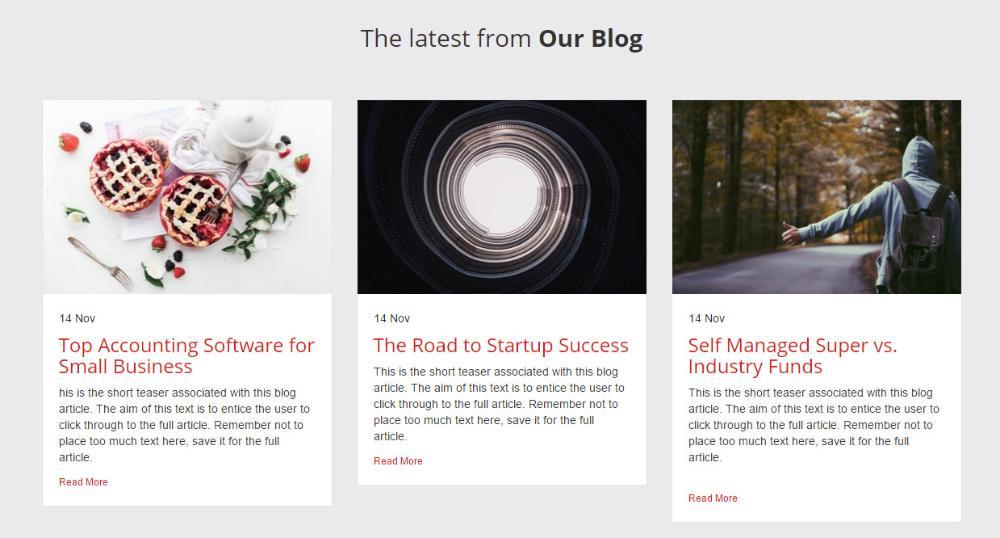-
Website
-
3min Explainer Walkthrough
- Generate a Design
-
Page Management
-
Page Editing
-
Form Builder
- Updating Your Navigation Menu
- Creating Page Redirectors
- Posts Management
-
Search Engine Optimization
- Setting Up Google Marketing Tools
- Setting Up Meta Pixel & E-commerce Tracking
- Setting Up Microsoft Marketing Tools
- Setting Up Linkedin Insight Tag
- Optimizing Images For Web
-
Analytics
- Third Party Embed Code
-
3min Explainer Walkthrough
- Contacts
- Marketing
- Commerce
- Apps
-
Settings and Config
- Going Live
- Billing
- Domain Health Checker
- Managing Administrators
- Registering a Domain Name
- Changing Your Domain Name
- The Role Of DNS Records Explained
- Backing Up Your Website
- Choosing an E-mail Host
- Hosting Email With Oncord
- Setting Up Gmail Hosting
- Setting Up Office 365 Hosting
- Setting Up Sub Domains
- Hosting a Sub-Site
- Understanding Posts
- Website
-
-
3min Explainer Walkthrough
- Generate a Design
-
Page Management
-
Page Editing
-
Form Builder
- Updating Your Navigation Menu
- Creating Page Redirectors
- Posts Management
-
Search Engine Optimization
- Setting Up Google Marketing Tools
- Setting Up Meta Pixel & E-commerce Tracking
- Setting Up Microsoft Marketing Tools
- Setting Up Linkedin Insight Tag
- Optimizing Images For Web
-
Analytics
- Third Party Embed Code
-
3min Explainer Walkthrough
- Contacts
- Marketing
- Commerce
- Apps
- Settings and Config
Understanding Posts
The most common use of Posts, is to manage announcements or blog articles on your website. A blog post usually consists of two elements;
1. A Post, which provides a preview of the content.
2. A Page, which contains the content of your article.
A post consists of an image, title, and short description / teaser. A Post usually links to a page containing the content of your article, however posts can alternatively link to an uploaded file / pdf, a product for purchase, or an external website or address.

Posts have a variety of uses, but are often used to publish timely content on your website such as news updates, blogs and articles. Posting regular updates on your website keeps your clients engaged, and helps with search engine optimisation.
Here are a few examples of how posts may be used:
What Are Post Categories?
Post categories are used to organise your posts. Post categories organise your content in a way that makes it easy for your readers to find what most interests them, and control where certain Posts should display throughout your website.
Some common examples of post categories are:
When editing or creating Posts, you will assign them to a Post Category.
Post Categories are then placed on pages throughout your website, to help you control where Posts should display. As a common example, you'll likely have a Page on your website titled "Our Blog", which shows all Posts that are assigned to a Post Category titled "Blog". You may also have added the Blog post category to the home page, so that Posts display in both locations.
An Example
Let's say a scuba diving company wants to publish an interesting article to promote their services. They decide to post the article "The top 10 places to scuba dive in Australia".
Firstly, they set up the following post categories:
After creating the two post categories, then create their new post, and assign it to the two above post categories. Upon publishing the article it instantly appears's on the latest news and scuba diving location's feeds.
